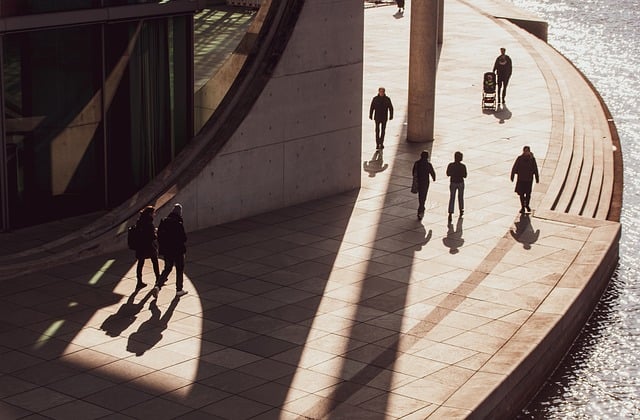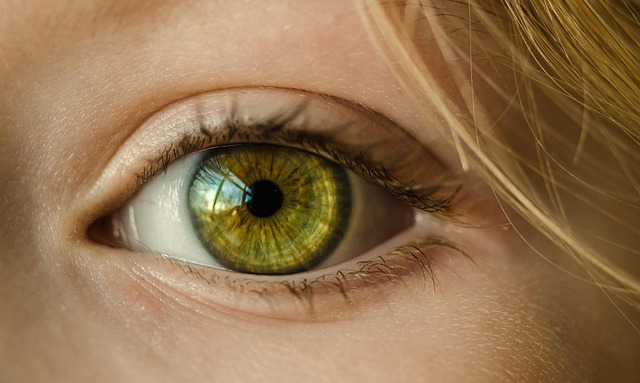In the world of visual arts, the interplay between color and composition remains a timeless source of fascination. Even as new media and digital techniques reshape how artists create, the fundamentals that once guided the masters of the Renaissance and Impressionism continue to inform contemporary practice. This article invites the reader to explore those enduring principles again, examining how they manifest in modern painting and how new artists reinterpret them to address today’s cultural conversations.
Tracing the Roots of Color and Composition
The relationship between hue, value, and spatial organization dates back to the earliest cave paintings, where color was used not only to depict but to communicate. During the Baroque period, master painters like Caravaggio employed chiaroscuro—a dramatic interplay of light and shadow—to direct the viewer’s gaze. Later, the Dutch Golden Age introduced a meticulous attention to detail, where compositional structure and color harmony were inseparable tools of storytelling.
When the 19th century brought Impressionism, artists such as Monet and Renoir turned to plein‑air painting, capturing fleeting moments of light. Their use of broken color and loose brushwork broke with academic tradition, yet they still adhered to compositional rules that guided the arrangement of forms within the canvas. Even in this period of experimentation, the impulse to revisit color and composition again remained, as artists continually adjusted their approaches to better capture the sensations of the natural world.
Fundamental Concepts in Color Theory
Color theory, while ancient, is dynamic. The color wheel, first formalized by Johann Wolfgang von Goethe, remains a foundational tool for artists. The wheel’s primary, secondary, and tertiary colors provide a framework for creating contrast, harmony, and visual tension. Complementary colors—those opposite each other on the wheel—create vibrancy when placed side by side. Analogous colors, situated adjacent to one another, yield subtle, soothing palettes.
Modern painters often use digital tools to experiment with color palettes before committing to the physical medium. However, the psychological impact of color persists. Warm hues can evoke intimacy or aggression, while cool tones often suggest calm or detachment. Artists are increasingly conscious of cultural associations tied to specific colors, allowing them to convey layered meanings that resonate with a diverse audience.
- Primary: red, blue, yellow.
- Secondary: green, orange, purple.
- Thirds: mixtures of primary and secondary hues.
Compositional Principles Revisited
Composition in painting is the invisible architecture that guides the eye across the canvas. The rule of thirds, golden ratio, and leading lines have long served as touchstones. Yet modern artists continually test these guidelines, often breaking them to create a sense of dynamic tension or narrative ambiguity.
One notable trend is the incorporation of asymmetry, which challenges the viewer’s expectation of balance. When an artist positions a dominant color on the left side of a composition, the viewer’s eye is pulled across the canvas, creating a subtle sense of movement. Another technique involves negative space, where the absence of form becomes a powerful compositional element, giving the viewer room to breathe and reflect.
“The canvas is a field, and the colors are the troops that march across it,” writes contemporary artist Maya Lin. “By commanding the troop’s movement, you dictate the story the viewer reads.”
Modern Painting: The Intersection of Technology and Tradition
With the advent of high‑resolution photography and digital illustration, many painters now use these tools as part of their creative process. A common workflow involves sketching a composition in a digital sketchpad, experimenting with color blocks, and then translating the design onto canvas. This approach allows artists to test various color combinations and compositional tweaks in a low‑risk environment, revisiting the arrangement again and again until the desired effect emerges.
Artists such as James Turrell and Anselm Kiefer have embraced the tactile qualities of paint, even as they integrate multimedia elements. Turrell’s large‑scale installations, for example, play with color perception by manipulating light within confined spaces, while Kiefer’s heavy, impasto surfaces create a sense of texture that engages the viewer’s senses beyond the visual.
- Digital planning and sketching.
- Physical execution using acrylic, oil, or mixed media.
- Iterative review of color and composition, revisiting each step again.
Case Study: Color as Narrative
Consider the work of contemporary painter Julie Mehretu, whose large‑scale abstract canvases combine dense layers of ink, watercolor, and acrylic. Mehretu’s compositions are often described as maps, yet they are less about geographic accuracy and more about conveying the flux of urban experience. By layering colors that range from muted earth tones to bright, almost neon accents, she invites viewers to experience the chaotic rhythm of modern cities.
Each brushstroke is a decision about color placement, and Mehretu often returns to the canvas to adjust the tonal balance. This iterative process—painting, stepping back, reassessing—mirrors the modern painter’s relationship with composition. The result is a dynamic composition that feels alive, as though it is unfolding before the viewer’s eyes.
Pedagogical Approaches: Teaching Color and Composition Today
In art education, the curriculum has shifted from prescriptive guidelines toward an emphasis on experimentation. Workshops often begin with a color exploration exercise, where students mix primary pigments to produce a spectrum and then analyze how hues interact. Following this, they construct compositional studies, applying principles like the golden ratio or the rule of thirds to a small canvas.
Critically, educators encourage students to revisit their work repeatedly. The phrase “paint again” is not a critique but an invitation: by returning to the canvas after a pause, an artist can view the work from a new perspective, noticing compositional imbalances or color clashes that were initially overlooked. This reflective practice reinforces the idea that painting is a process rather than a finished product, and that each iteration can reveal deeper insights.
Environmental Considerations in Color Choice
As climate concerns rise, many artists are reevaluating their color palettes. Pigments derived from natural minerals or plant dyes are increasingly favored over synthetic alternatives that may contain heavy metals or toxic solvents. Artists like Lela Nisar choose earth‑tones that echo the landscapes of her heritage, aligning color selection with ecological responsibility.
Compositional choices are also influenced by environmental themes. Paintings that depict urban sprawl, abandoned industrial sites, or natural reclamation often rely on stark contrasts between decaying textures and vibrant growth. In such works, color becomes a narrative device that communicates the tension between human impact and natural resilience.
Conclusion: The Enduring Dialogue Between Color, Composition, and the Viewer
Across centuries, artists have used color and composition as tools for communication, expression, and exploration. Revisiting these elements again, whether through traditional techniques or modern technology, continues to yield fresh insights. The modern painter, whether working in oils or in code, must navigate the same fundamental questions: How does the arrangement of hues guide the eye? What emotional response do color contrasts evoke? How does the structure of a painting frame its narrative?
By embracing both historical principles and contemporary innovations, painters create works that are at once familiar and daring. Each brushstroke, each color choice, each compositional adjustment invites the viewer to pause, reflect, and engage in an ongoing dialogue with the artwork. In this way, the conversation between artist and observer never truly ends; it merely invites the viewer to return again and again, discovering new layers of meaning with every encounter.


